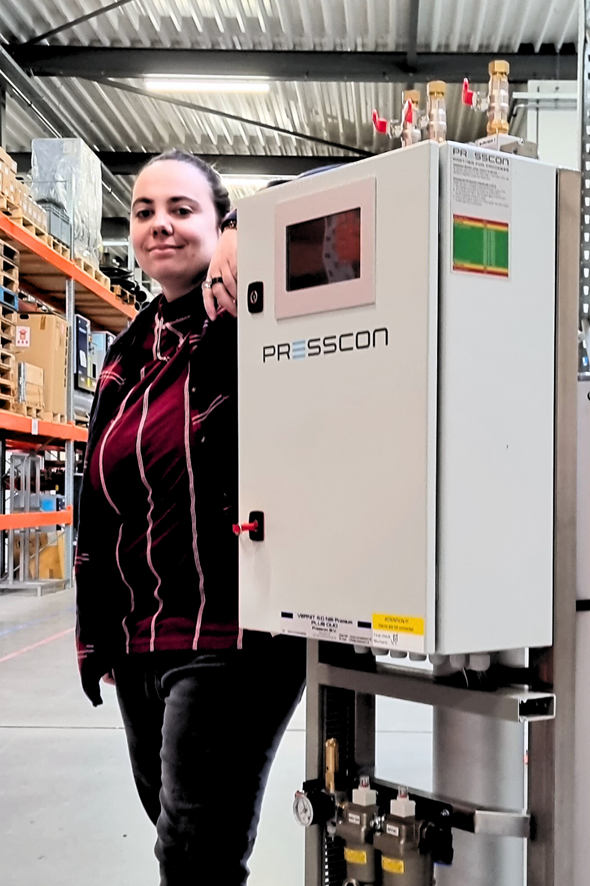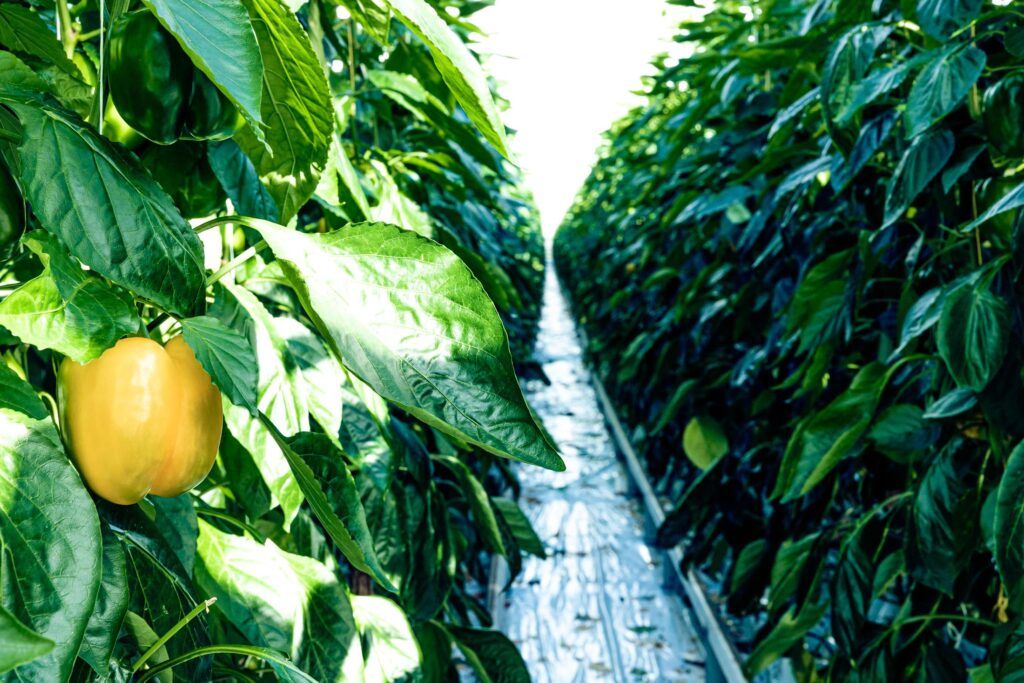Quality of water affects lifespan of heating system
Increased focus on quality and sustainability of heating system
“Gardeners place great value on water quality. Not only the quality and composition of pouring water, but in this they do not forget the water in the piping system. In any greenhouse heating system, wear and tear occurs due to the continuous flow of water through the heating pipes. Small particles of iron, such as magnetite, contaminate the water. I see people paying more attention to the quality and durability of their heating system. Because contamination in the heating water reduces heat transfer, energy loss and wear and tear,” said Daniëlla Hanemaayer account manager at Presscon.
Partial flow filter
An effective solution against magnetite pollution, among other things, is a water filtration system. “A partial-flow filter attracts magnetite particles from water pipes and heating systems with a powerful magnet. Other contamination the filter captures in filter bags. A partial-flow filter prevents malfunctions, maintains temperature transfer and contributes to more sustainable operation of the entire system.”

Extending heating system life
Sustainability and responsible use of the heating system saves costs. Not only through filtration but also degassing of water preserves the piping and components connected to it, such as pumps, valves and measuring equipment, for example. “The piping of a heating system in a greenhouse is never completely diffusion sealed. Regardless of the amount of pressure on the pipe, oxygen molecules penetrate. To keep this as low as possible and thus extend the life of heating hoses, degassing of water is important. By continuous degassing of tap water, growers significantly extend the life of their greenhouse heating system.”
Buffer tank protection from the inside
In a closed heating system, buffer tanks are an important component. Proper protection ensures longer life and ensures continuity. With a nitrogen generator, you protect buffer tanks from the inside against corrosion, oxidation and explosion hazards. “It’s great to see Installers applying our systems in greenhouses around the world. To this day, we built and delivered thousands of units. We are therefore proud that our roots are deep in horticulture,” Hanemaayer concludes enthusiastically.



